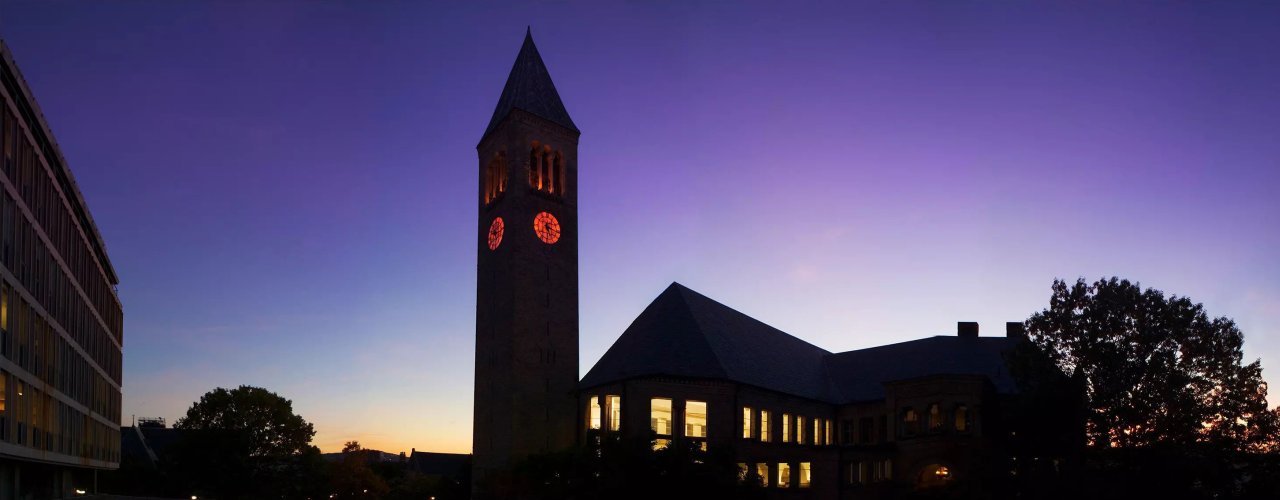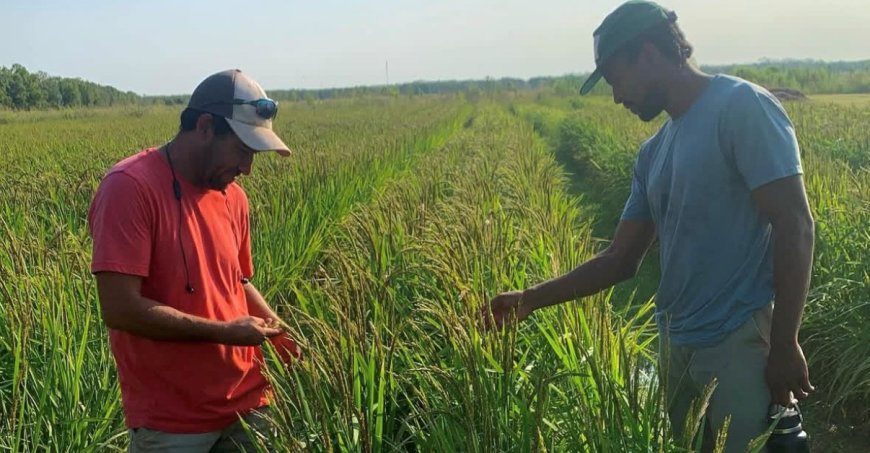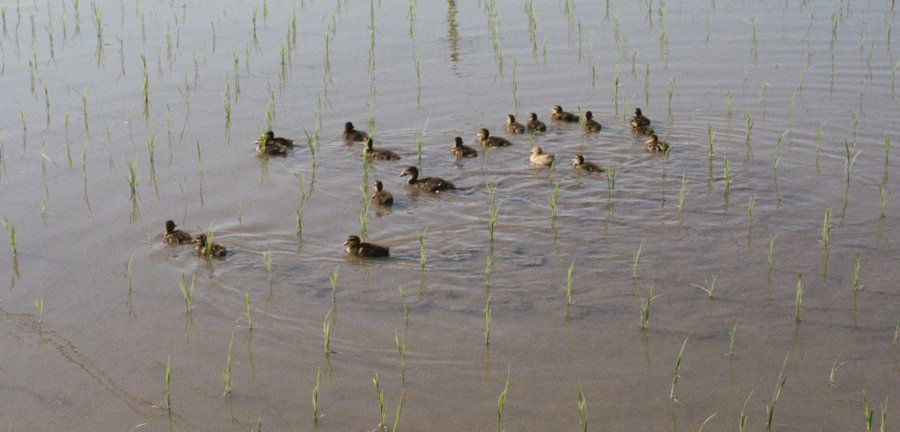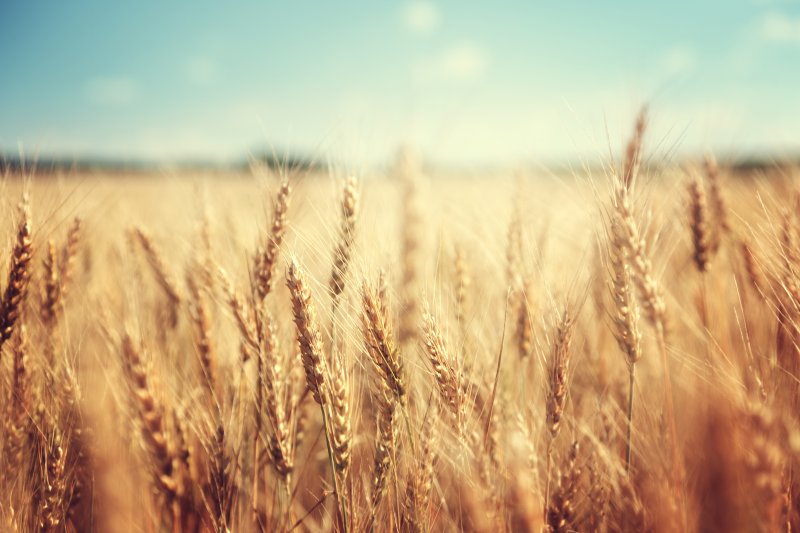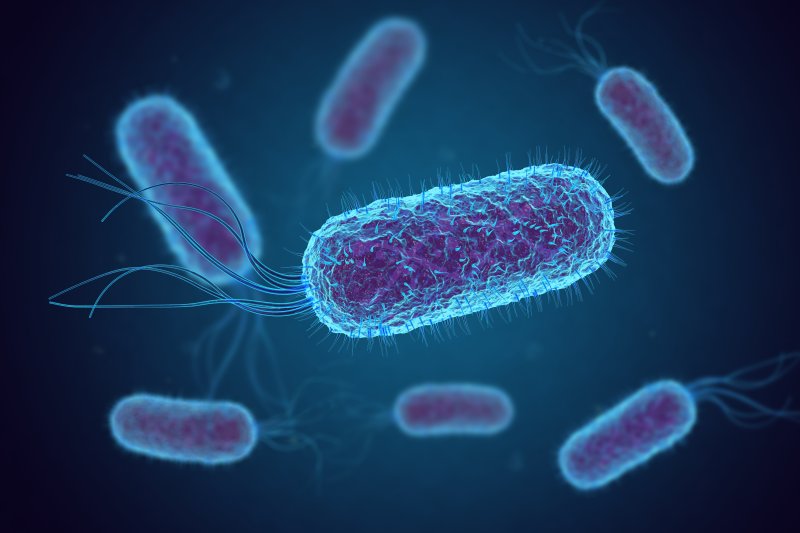International Research Protects U.S. Food Security
Cornell's Rice Bowl
Research at Cornell helps U.S. and global rice farmers feed their communities and reach wider markets.
Climate-smart rice farming is boosting food security and increasing demand for organic and specialty rice varieties—supporting smallholder farmers in West Africa and Black farmers in the American South and New York. Read about Erika Styger (Cornell University College of Agriculture and Life Sciences) and her work with Jubilee Justice.
Global Development Impact Brief: Jubilee Justice
From Japanese Paddies to U.S. Fields
Agroecology student Oscar Leiber ’24 conducted research in Japan on an organic method of rice farming that releases small ducks into rice paddies to control weeds and pests. Highly local, sustainable, and intensive farming practices suggest ways to encourage rural young people to stay in farming in the United States.
Gene Map for Stronger, Healthier Rice
The first molecular genetic map of rice was created at Cornell by Susan McCouch (CALS emeritus) and colleagues. The lab worked with rice breeders around the world to develop hundreds of new rice varieties with enhanced yields, disease resistance, and nutritional value and shared open-access tools with rice breeders everywhere.
Jasmine Rice Roots
Learn how Cornell scientists helped turn a local Thai grain into an American staple.
Combining Energy and Farming
The challenge is to enable large-scale solar energy development while preserving prime farmland. Agrivoltaics—combining solar panels, shade-resistant crops, and livestock—is common in East Asia and growing in the United States. CALS researchers are partnering with local farmers to pilot agriculture-friendly energy transformations with $1 million in initial support from New York State.
Based on Cornell’s successes in Upstate New York, Prabhu Pingali (Dyson School of Applied Economics and Management) and colleagues at the Tata-Cornell Institute for Agriculture and Nutrition are testing agrivoltaics to increase agricultural productivity while reducing greenhouse gas emissions in rural Bihar, India.
“Panels are generating energy, rent checks are coming in, and the farmer produced 85% of his normal yield off the first cutting on his hay field this year.”
Protecting U.S. Wheat
Sometimes called the “polio of wheat,” stem rust disease has been responsible for many famines. The food security of billions of people and livestock animals was at stake when a new airborne variant of the disease emerged in Uganda in the late 1990s.
Ronnie Coffman (CALS emeritus) organized and led a global response that grew into a consortium of scientists from hundreds of institutions working together to protect the world’s wheat supply. The team developed resistant wheat varieties and strategically deployed them—and thanks to the international collaboration, the disease’s spread was restricted.
UG99 has not reached the U.S.—and most wheat-producing countries were spared.
Food Safety for All
Cornell's Feed the Future Innovation Lab for Food Safety strengthened food safety policies and practices in Africa and Asia, focusing on bacterial pathogens like Salmonella and E. coli.
The United States sources food from 200+ countries and territories. Reducing foodborne contamination increases U.S. consumers’ access to safe and nutritious food.
Next Up: Environment | Return to: International Research Matters for the United States

